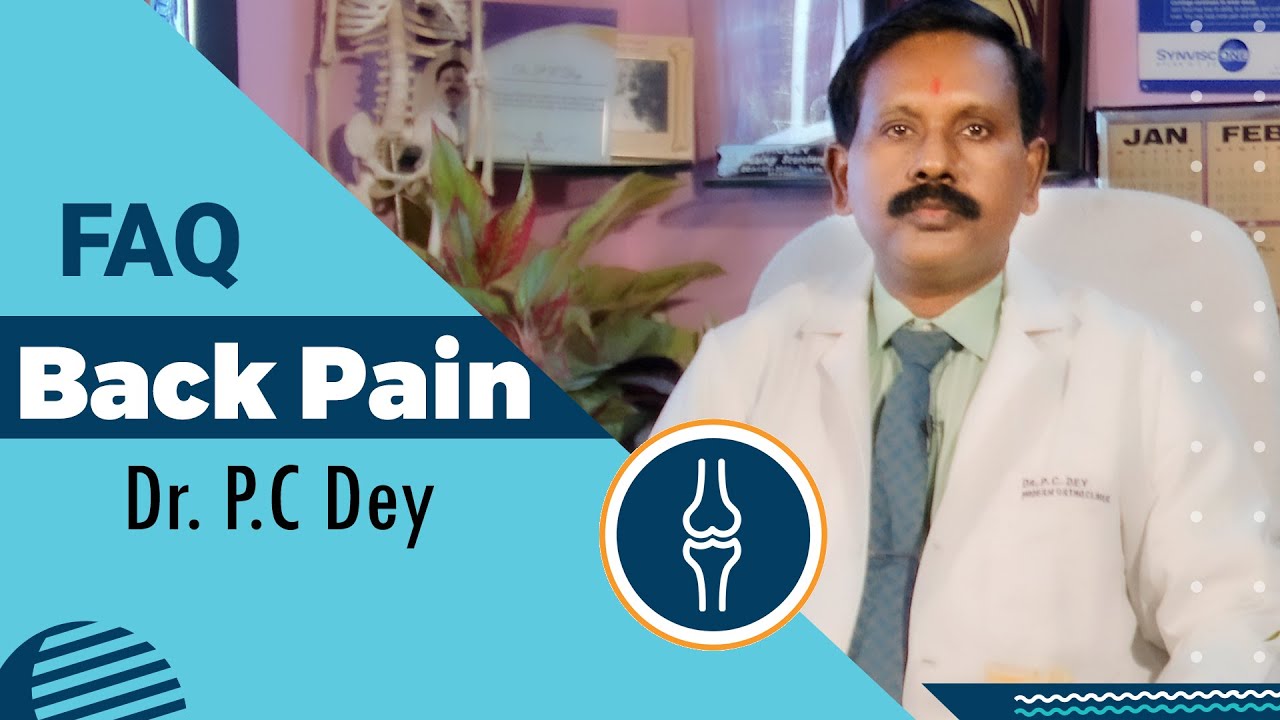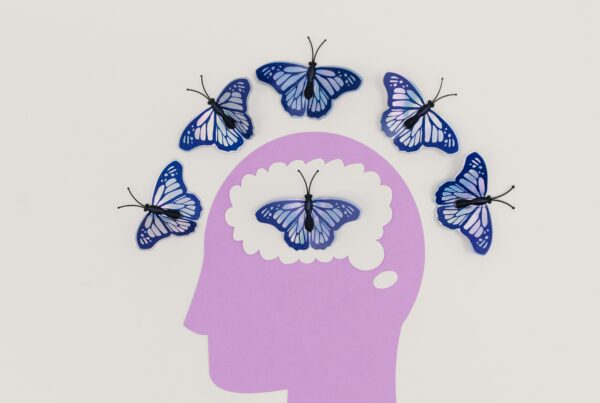Dr. Paresh Chandra Dey is a renowned Orthopedic in Bhubaneswar. In this video he explains about the problems related to back pain in detail. For Appointment- +91-9437069966
Back pain is one of the most common medical problems in the United States. It can range from a dull, constant ache to a sudden, sharp pain. Sometimes it can come on suddenly – from an accident, a fall, or lifting something heavy, or it can develop slowly because of age-related degenerative changes to the spine. In some cases, inflammatory disorders or other medical conditions cause back pain.
There are many different structures in the anatomy of the back that work together to support your body. Problems with any one of these structures can cause back pain.
Anyone can have back pain; however, several factors increase your risk. Risk factors increase your chance of developing back pain and can include:
- Fitness level: Back pain is more common among people who are not physically fit. For example, weak back and stomach muscles may not properly support the spine. Back pain is also more likely if you exercise too strenuously after being inactive for a while.
- Weight gain: A diet high in calories and fat, combined with an inactive lifestyle, can lead to obesity. This can put stress on the back.
- Job-related risk factors: Jobs that require heavy lifting, pushing, pulling, or twisting can injure the back. A desk job may also play a role, especially if you have poor posture or sit all day in an uncomfortable chair.
- Age: Back pain becomes more common with age, particularly after the age of 45.
- Heredity: Genetics play a role in some disorders that cause back pain.
Back pain can range from local pain in a specific spot to generalized pain spreading all over the back. Sometimes the pain radiates away from the back to other areas of your body, such as the buttocks, legs, or abdomen. The intensity of back pain varies for each person. Depending on the type, cause, and location of your back pain, you may experience:
- Increasing pain with lifting and bending.
- Worsening pain when resting, sitting, or standing.
- Back pain that comes and goes.
- Stiffness in the morning when awakening and lessened back pain with activity.
- Pain that radiates away from the back into the buttocks, leg, or hip.


